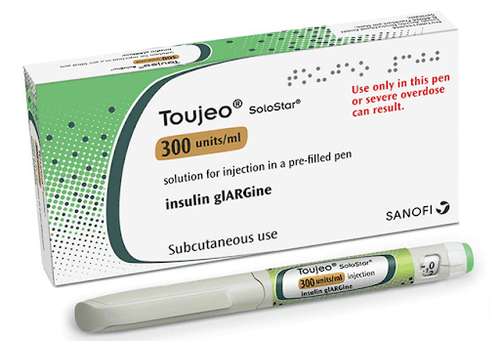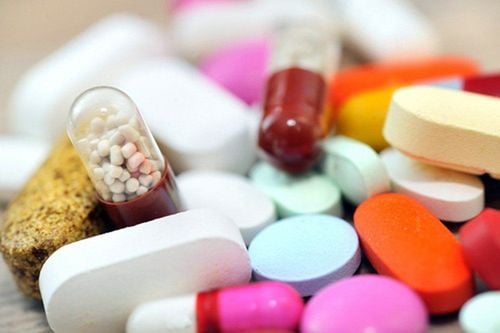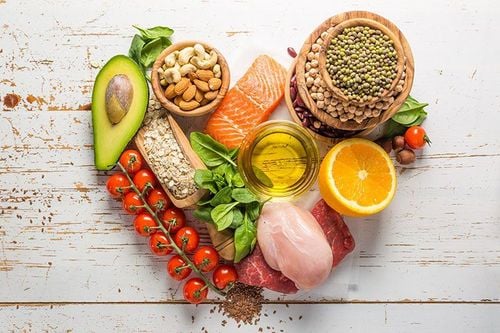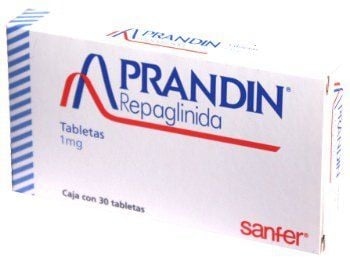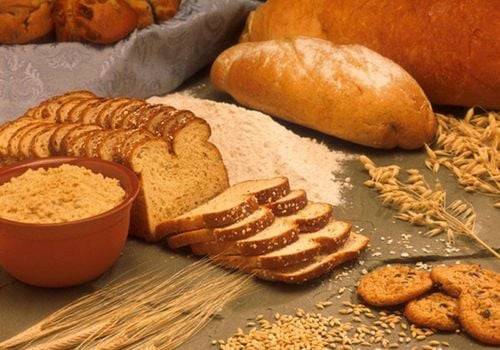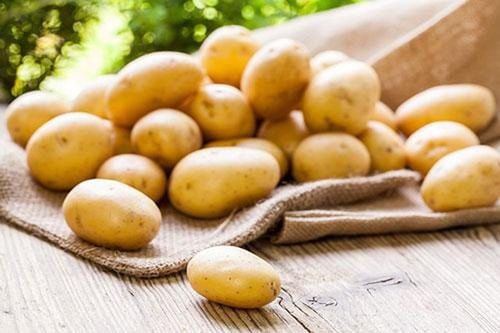This is an automatically translated article.
Eating potatoes is only safe for people with diabetes when the amount is controlled and the way to prepare it is appropriate. Therefore, patients with diabetes should only eat in moderation in accordance with their needs to best control blood sugar.
1. Diabetics should eat potatoes?
Potato is a carb food. When ingested, carbs are broken down into simple sugars that move into the bloodstream. Therefore, potatoes raise blood sugar levels. An increase in blood sugar stimulates the production of the hormone insulin, which helps move sugar from the blood into cells for energy when the body needs it.
High-carb foods like potatoes are not suitable for people with diabetes. Because eating potatoes when you have diabetes will increase blood sugar even more. Specifically, in people with diabetes, the process of producing and consuming insulin is disrupted, so blood sugar is still retained without moving into cells, causing hyperglycemia.
People with diabetes poor blood sugar management can lead to complications such as heart failure, stroke, kidney disease, nerve damage, amputation and vision loss. Therefore, they should control their sugar intake, limit it to a moderate level of 100 - 150 grams and limit it to a low level of 20 - 50 grams. The exact amount varies depending on each person's dietary preferences and blood sugar-lowering goals.

Bệnh tiểu đường có thể gây ra biến chứng suy tim
2. How many carbs are in potatoes?
The carb content of potatoes varies depending on how they are prepared. Here are the carb counts per 1/2 cup of potatoes (75 - 80 grams) cooked in different ways:
Unprocessed: 11.8 grams Boiled: 15.7 grams Baked: 13.1 grams Microwave wave: 18.2 grams Baked potatoes (10 frozen steaks): 17.8 grams Deep fried: 36.5 grams
3. How many potatoes can diabetics eat per day?
For good blood sugar control, people with diabetes should only eat 100-150 grams of carbs (if blood sugar rises moderately) and 20-50 grams of carbs (if blood sugar rises sharply). Each medium-sized potato weighing 170 grams contains about 30 grams of carbs, large weighing 369 grams contains about 65 grams. Therefore, if diabetics need moderate blood sugar control, they can only eat 3-5 small potatoes, 2-3 large potatoes; high level control eat only 1 small potato and do not eat large potatoes. This is calculated when potatoes are the only carb-rich food eaten during the day, if the patient eats other carb-rich foods, the potato should be further restricted.
Some common foods with carb equivalents are as follows: White bread (14 grams carb), 1 small apple weighing 149 grams (20.6 grams carb), cooked rice (158 grams) (28 grams carb). ), 1 can of coke 350ml (38.5 grams of carbs).
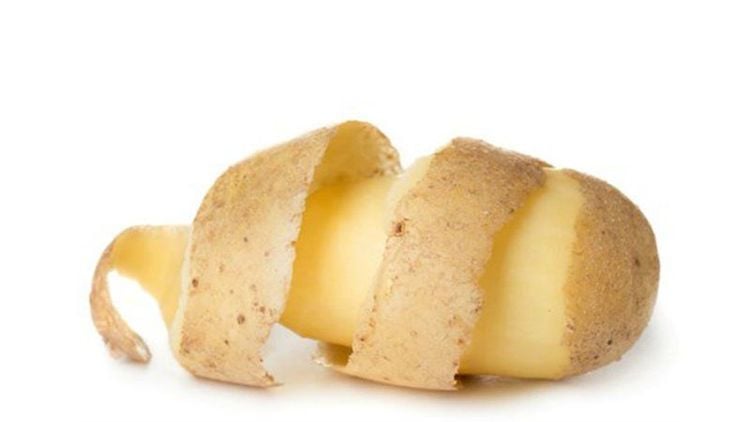
Người bị bệnh tiểu đường cần có sự tính toán kĩ lưỡng khi ăn khoai tây
4. Do potatoes have a high GI and GL?
GI is the glycemic index of a food, indicating the rate at which blood sugar rises after eating a food containing carbohydrates. Foods with GI > 70 are considered high GI, GI < 50 is low GI.
In general, potatoes have a medium to high GI (20). However, GI does not account for inclusions and cooking methods. Therefore, you need to know more about the glycemic load (GL) index. GL is calculated using the formula: (GI x actual carbs)/100. GL < 10 is low GL, GL > 20 is high GL. To maintain a low GI it is important to keep GL < 100 daily.
5. How to lower GI and GL in potatoes?
How potatoes are processed affects GI and GL. In general, the longer a potato is cooked, the higher the GI. Therefore, boiling or baking for long periods of time tends to increase GI. However, refrigerating potatoes after cooking can increase the amount of resistant starch, which is a less digestible form of carbs. This helps lower GI by 25-28%. French fries also contain more calories and fat than boiled or baked.
Alternatively, you can reduce the GI and GL of your meal by eating the peels for extra fiber. Eating with lemon juice, vinegar, or mixed meals with protein and fat can help slow the digestion of carbs and raise blood sugar.
For example, adding 4.2 ounces (120 grams) of cheese to a 10.2-ounce (290-gram) baked potato reduces the GL from 93 to 39. However, this cheese also contains 42 grams of fat and will add almost 400 calories in a meal.
Therefore, in addition to focusing on GI and GL, you also need to consider total carb, nutrient levels, especially if you are focusing on weight control.
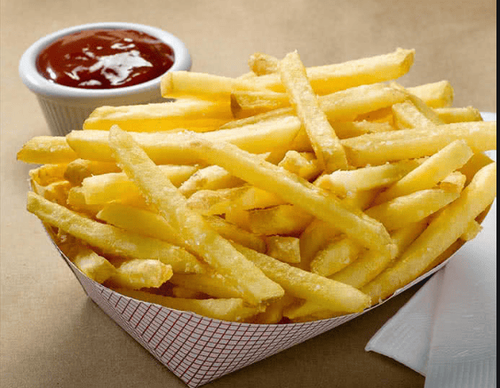
Cách chế biến khoai tây có ảnh hưởng đến GI và GL
6. What harm does eating potatoes cause to health?
French fries (19%) increase the risk of diabetes higher than boiled, mashed or baked potatoes (4%). Therefore, people should not eat too many fried potatoes.
In addition, it also increases the risk of cardiovascular diseases such as high blood pressure, lowers HDL (good) cholesterol, because it contains a large amount of unhealthy fats. Potatoes also cause weight gain due to their high calorie content.
If you have difficulty with blood sugar management and diet, you can see your doctor or dietitian for further advice.
7. Nutritious dishes for diabetics to replace potatoes
If you want to replace potatoes or limit carbs, then you can choose from the following high fiber, low carb and low GI and GL foods:
Carrots and parsnips: They both have GI and Low GL, low carb with just 10 grams of carbs per 80-gram serving. The dish will provide many nutrients and limit carbs when prepared in the form of boiled, steamed or grilled. Cauliflower: Cauliflower is very low in carbs, making it a great choice for those on a very low carb diet. Pumpkin and squash: Contains low carb, low to moderate GI, and low GL. It is a good alternative to baked and mashed potatoes. Taro: Low in carbs and has a GL of just 4.4. Prepared by slicing and baking with a little oil may have better health benefits than french fries. Sweet Potatoes: Has a lower GI than some white potatoes and a medium to high GL. Plus, it's an excellent source of vitamin A. Legumes and lentils: High in carbs but low in GL and high in fiber. However, you should still eat in moderation because it can still raise blood sugar levels. Non-starchy vegetables such as broccoli, greens, peppers, green beans, tomatoes, asparagus, cabbage, cucumbers, and lettuce.
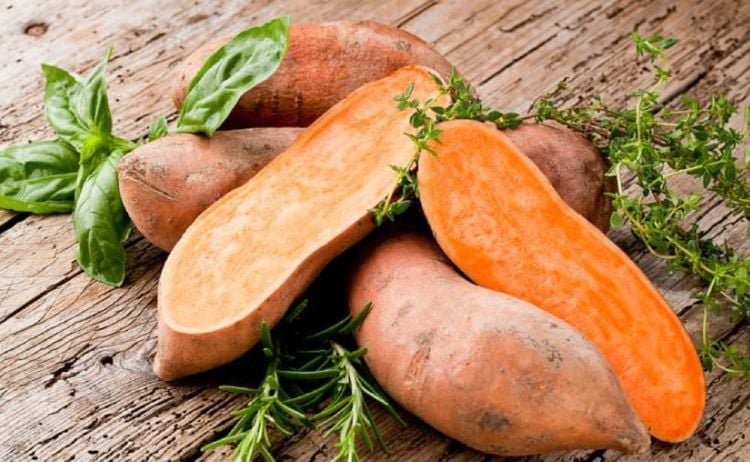
Người tiểu đườngcó thể thay thế khoai tây bằng khoai lang
Potatoes are a nutritious food, but they are only safe when people with diabetes tolerate moderate amounts. Therefore, people with diabetes can add potatoes to their daily menu, but they should be used scientifically and processed to minimize fat.
Not only famous for its modern facilities that are standard in the medical examination and treatment process, but at Vinmec International General Hospital, there are also a team of doctors and nurses who have performed surgery to treat many difficult and complicated cases. . In particular, doctors are ready to listen, advise and treat diseases as well as advise on good nutrition and food for all ages according to the individual needs of customers.
Customers can directly go to Vinmec Health system nationwide to visit or contact the hotline here for support.
Reference source: healthline.com




